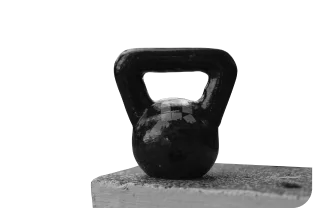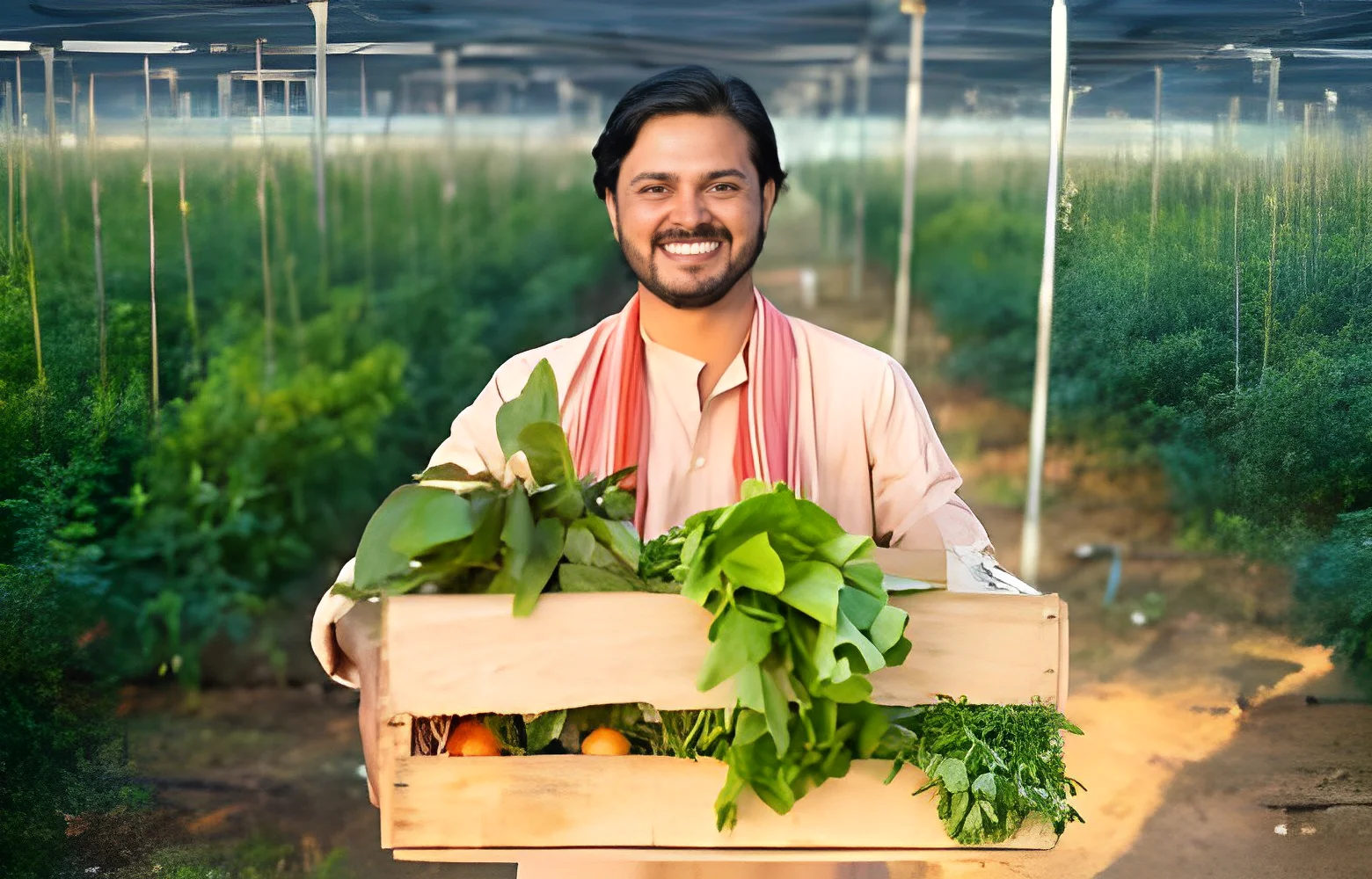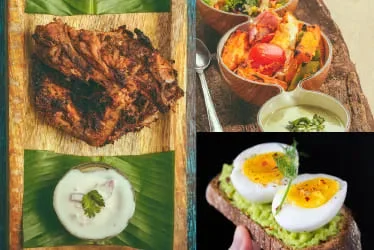Keeping It Local: 3 Fantastic Reasons Why It Makes All The Difference
Jan 18, 2024 ∙ 8 mins read
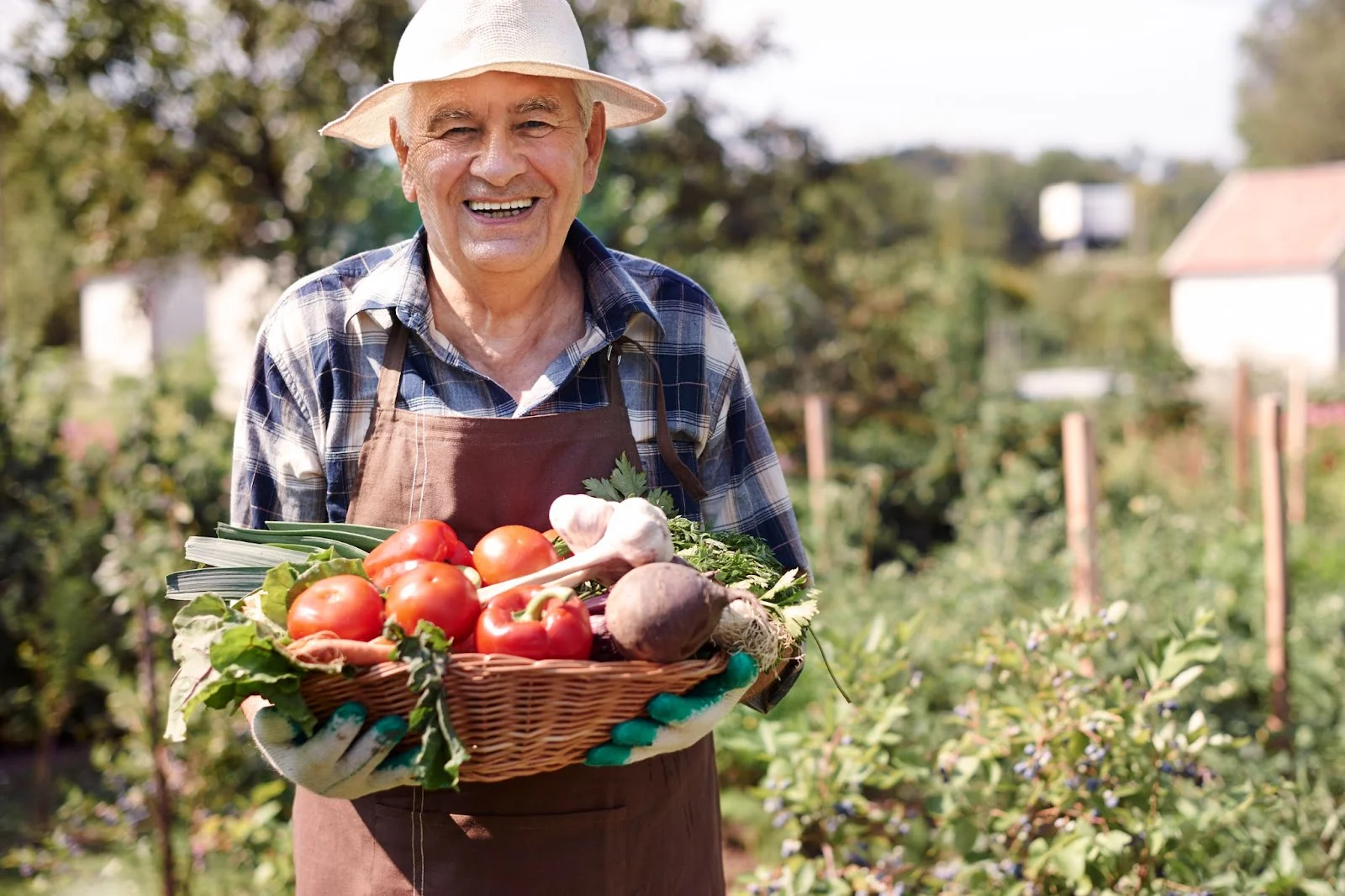
Do you remember, a few years back when 'glocal' was a buzzword? From importing exotic fruits from far-flung places to going ga ga over the latest 'superfood', people started tramping around their local markets to buy locally grown produce. Suddenly, the misshapen yam grown on the farm near you found its 15 minutes of fame, triumphing over 'foreign returns'.
Apart from the expected fiscal benefits to local vendors and small businesses, keeping it local has several large-scale impacts, such as helping the local government create services to help improve the local economy and thus, serve its people better.
It would take a while for the local movement to move from the latest fad to score points on social media to a practice that gets deep into the public's consciousness. I mean, it wasn't always so - we ALWAYS only shopped locally! Till, of course, it became cool to flaunt the air miles your food has accrued getting to you.
Historically, man settled around areas where he could find food and water and with time built his life around these foods. Slowly, over generations, people learnt and passed on knowledge about what from that region can be eaten, how they should be cooked, when they are best eaten, what spices have antiseptic/fungal/bacterial properties, and much more.
This humongous unwritten body of information that has been serving the people of each region for centuries is what we call “cuisine” today.
Each cuisine not just tastes different but also ensures nourishment in its own unique way. It ties together various foods that are native to that region to provide the consumer with everything that is necessary for optimal health. This is why the Mexicans eat their beans and we eat our lentils, the Italians love their pasta and we can’t do without our dosa and the English have their lard and we have our ghee.
The native food knowledge was built on the practical, the available, and the necessary.
This being the case, there is no reason to eat a diet made cool by the latest social media influencer or celebrity chef, is there? When you have rich, historical, and exquisite cuisine available to you, why eat like a Westerner when you’re trying to lose weight or gain health? Is a salad the only way to eat a nutrient-rich low-calorie meal? Is broccoli the only healthy green vegetable? Are berries the only fat-loss-friendly fruits?
Absolutely not.
If fat loss or health is your goal, what you need is nutrient-rich meals made from whole foods that are satisfying enough for you to sustain in the long term. Now, just like how there are many ways to go from point A to B, there are many ways to build these meals. As long as the ingredients you use are wholesome, it’s all good. This is usually easier when you are dealing with foods that are locally available. And that’s why my recommendation is always to eat local and seasonal food depending on which part of the world you live in.
The availability
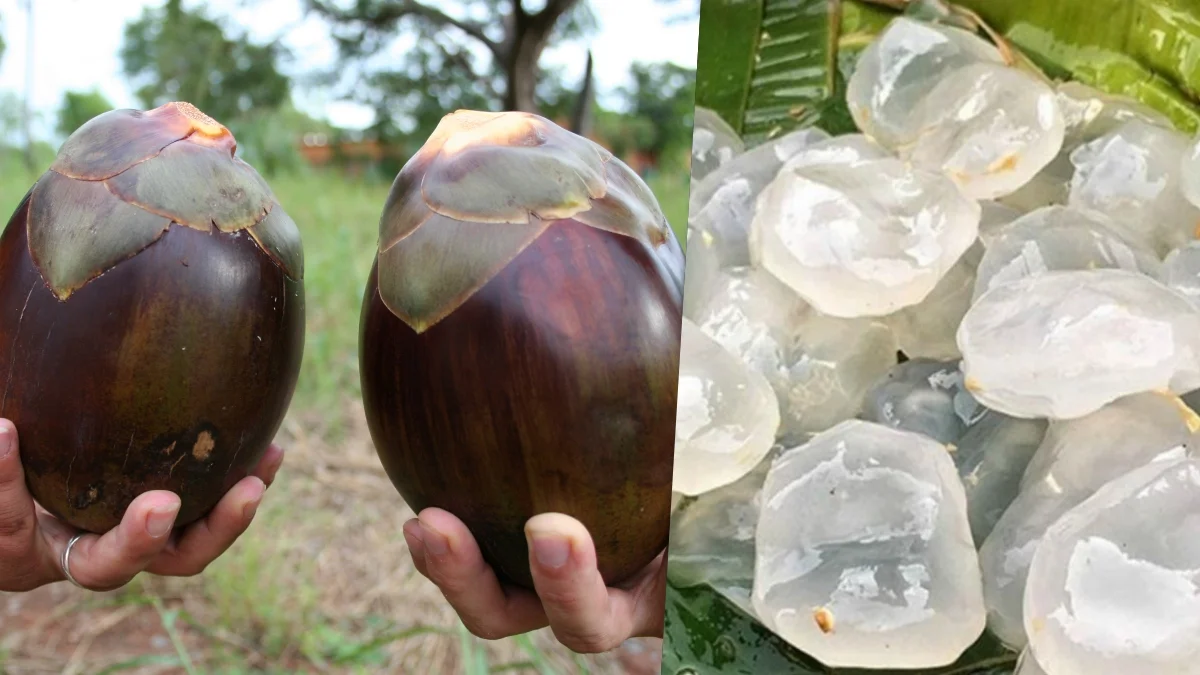
Local food is seasonal and easily available. There’s no way you’re going to get a grass-fed beef fillet with organic grilled asparagus in Chennai. But you can eat a piping hot masala dosa with pudina chutney, a sambar loaded with veggies, and a glorious filter coffee any day of the week.
There has been plenty written about superfoods this, and bioavailable that. But, when it comes down to it, foods that are fresh are the healthiest of all. Go for the murugai keerai growing in your backyard (or your neighbor's) and stop trying to find mules willing to bring you a carton of goji berries from abroad. Simply put, when you have a local option that is nutritionally similar, stop looking for “health foods” on the internet and start embracing your food culture.
The seasonal availability of local food also ensures that you eat them at the best time.
Embrace your food culture

Food culture takes us neatly to our second point.
India has a rich and varied food culture. Every state and region has one. The ingredients used in local food are familiar to the farmer, the middleman, and the cook. They know how to grow, handle and cook with local ingredients and hence the need for fertilizers, ripeners, and processing is much lower. This greatly reduces the inherent risk that is a part of all your food today.
The manathakali is a native shrub that grows in abundance in Tamil Nadu that has a plethora of health benefits. Why not eat that instead of dehydrated something or the other from a place 20 hours by flight away?
Support local businesses and local communities
Local and seasonal foods are just easier to produce because the land naturally favors these foods as they are a part of the ecosystem. And because of this, the use of dangerous chemicals to force cultivation and improve yield is reduced. For example, mangoes are much healthier and
tastier in India in May-June than in England in December.
When you buy from the small shops near you, you supper your local economy by supporting your friendly neighbourhood small business owner. When local restaurants cook and sell local cuisine and native foods, it does everyone a great service by helping to build stronger communities.
It becomes that easy to make your neighbourhood a great place, a thriving community.
To sum up: Eat foods that are in season and are from around where you currently are. It doesn’t matter what nationality you are. If you live in India, eat Indian food. If you live someplace else, eat food that is native to that region.
Want help to dial in your nutrition? With recipes local to the Tamil cuisine so you are not staring at bowls of bland soup and insipid salads in the name of health? Call us today and we will be happy to show you how to eat your idli and still be on course for fat loss.
Originally published in The Hindu Metroplus. Elaborated and updated for the Quad blog.


